With the legalization of cannabis expanding across the United States, a growing body of research is examining how cannabis use affects various aspects of health and behavior. One area of increasing interest is the relationship between cannabis consumption and physical activity. Previous studies on this topic have yielded mixed results, but recent research led by Ray M. Merrill and colleagues in the Journal of Cannabis Research sheds new light on this association. Their study focuses on how cannabis legalization status and individual health conditions influence the relationship between cannabis use and physical activity among U.S. adults.
The association between cannabis use and physical activity is not straightforward. Some studies suggest that cannabis users are more likely to engage in physical activity than non-users, while others have found little or no connection. For instance, French et al. (2021) found that cannabis users were equally or more likely to exercise than non-users in a longitudinal study of young adults, while other research reported that frequent cannabis users demonstrated higher levels of light physical activity (Ong et al. 2021). In contrast, some studies, like one by Vidot et al. (2017), found a negative correlation between cannabis use and moderate or vigorous physical activity.
This inconsistency can be attributed to factors such as differences in how physical activity is measured, the type of cannabis use involved, and variations in the legal landscape. Merrill and colleagues aimed to address these gaps by providing a population-based assessment of the association between cannabis use and physical activity. They also considered how this relationship is moderated by legalization status and chronic medical conditions.
Study Methods
Merrill et al. used data from the Behavior Risk Factor Surveillance System (BRFSS), a national survey that collects data on health-related behaviors, chronic conditions, and preventive services among U.S. residents. The researchers focused on data collected between 2016 and 2022, a period during which cannabis legalization spread across several U.S. states.
The study included adults aged 18 and older who answered questions about cannabis use and physical activity. The primary variable of interest was whether participants engaged in any physical activity apart from their regular job in the previous 30 days. Cannabis use was measured based on whether participants had used cannabis in the last 30 days. The researchers also collected information on cannabis legalization status in each participant’s state, as well as their health status, including chronic medical conditions like arthritis, asthma, and diabetes.
The study used logistic regression to estimate the adjusted odds ratios (ORs) of physical activity among cannabis users versus non-users, controlling for variables like age, sex, race/ethnicity, employment status, smoking habits, and body mass index (BMI). The analysis also looked at whether legalization status—categorized as recreational, medical, or illegal—moderated the relationship between cannabis use and physical activity.
Key Findings
The study revealed several important findings about the relationship between cannabis use and physical activity in the U.S. from 2016 to 2022:
- Increase in Cannabis Use and Physical Activity:
Over the study period, cannabis use nearly doubled, from 7.48% in 2016 to 14.71% in 2022. Physical activity also increased slightly, from 73.16% to 75.72%. This parallel rise suggests a potential association between cannabis use and physical activity. - Cannabis Legalization and Use:
Cannabis use was more prevalent in states where recreational cannabis was legal (6.5% higher) and in states where medical cannabis was legal (0.7% higher) compared to states where cannabis remained illegal. The adjusted OR for cannabis use in recreationally legal states versus illegal states was 1.47, indicating a significantly higher likelihood of cannabis use in areas with recreational legalization. - Positive Association Between Cannabis Use and Physical Activity:
After adjusting for demographic factors and health conditions, the researchers found a significant positive association between cannabis use and physical activity. The adjusted OR for physical activity among cannabis users compared to non-users was 1.24, suggesting that cannabis users were 24% more likely to engage in physical activity than non-users. This association was even stronger in states with recreational cannabis legalization (OR = 1.47). - Moderating Effect of Chronic Medical Conditions:
Chronic medical conditions, such as arthritis and asthma, were associated with lower levels of physical activity (OR = 0.79). However, for individuals who used cannabis, the negative impact of chronic medical conditions on physical activity was less pronounced, suggesting that cannabis use may help mitigate some of the barriers to exercise posed by chronic health issues. - Recreational vs. Medical Cannabis Use:
The study found that physical activity was more strongly associated with recreational cannabis use than with medical cannabis use. In states where cannabis was legalized for both medical and recreational use, the odds of physical activity were higher compared to states where only medical cannabis was legal. This finding suggests that recreational cannabis users may be more likely to use cannabis in ways that enhance their exercise routines.

Implications for Public Health and Policy
The findings of this study have important implications for public health and cannabis policy. As cannabis legalization continues to expand across the U.S., understanding how cannabis use interacts with health behaviors like physical activity is crucial for developing effective public health strategies.
- Promoting Physical Activity Through Cannabis Use:
The positive association between cannabis use and physical activity suggests that cannabis could play a role in promoting exercise, particularly in states where it is legalized for recreational use. Public health campaigns could potentially encourage responsible cannabis use as a way to enhance the enjoyment of physical activity, particularly in populations that are less active. - Potential Benefits for Individuals with Chronic Conditions:
For individuals with chronic medical conditions, cannabis may offer a way to manage pain and inflammation, thereby increasing their ability to engage in physical activity. As the study suggests, cannabis use may reduce the barriers to exercise for people with conditions like arthritis, asthma, and diabetes. Policymakers and healthcare providers could consider incorporating cannabis into treatment plans for patients with chronic conditions who struggle with physical activity. - Tailoring Public Health Messaging:
The study’s findings highlight the importance of tailoring public health messaging around cannabis use. While the association between cannabis use and physical activity is generally positive, it is stronger for recreational use than for medical use. Public health campaigns should emphasize the potential benefits of using cannabis to enhance physical activity, particularly in states where recreational cannabis is legal.
This study adds to the growing body of evidence suggesting a positive relationship between cannabis use and physical activity, particularly in states with legalized recreational cannabis. While cannabis use is often associated with negative health outcomes, this research suggests that, in certain contexts, it may promote healthier behaviors like exercise.
Future research should explore the long-term effects of cannabis use on physical activity and investigate whether specific strains or methods of cannabis consumption are more conducive to exercise. As cannabis legalization continues to spread, understanding its full impact on public health remains a critical area of study.
Ultimately, the findings of this study point to a nuanced relationship between cannabis use, physical activity, and health, one that varies depending on legalization status and individual health conditions. Public health officials and policymakers should consider these factors when developing strategies to encourage healthier lifestyles in an increasingly cannabis-friendly world.







 How to Make a Cannagar Without a Mold: A Comprehensive Guide - The Bluntness
Photo by
How to Make a Cannagar Without a Mold: A Comprehensive Guide - The Bluntness
Photo by 



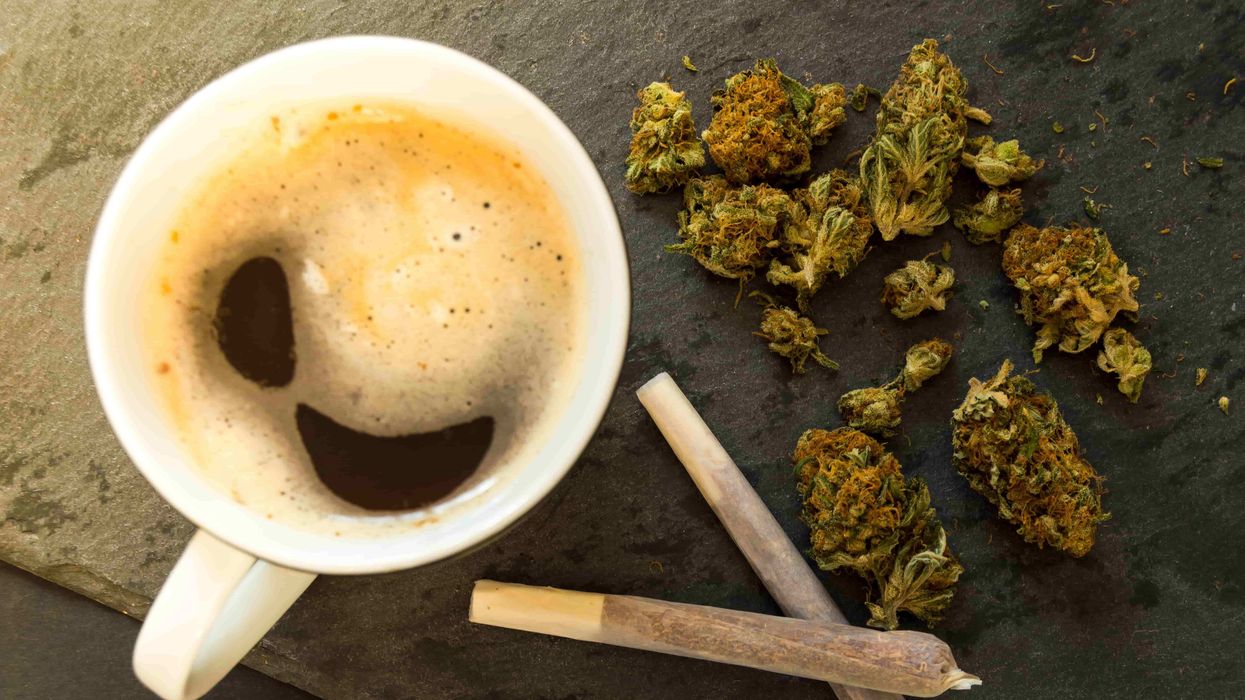
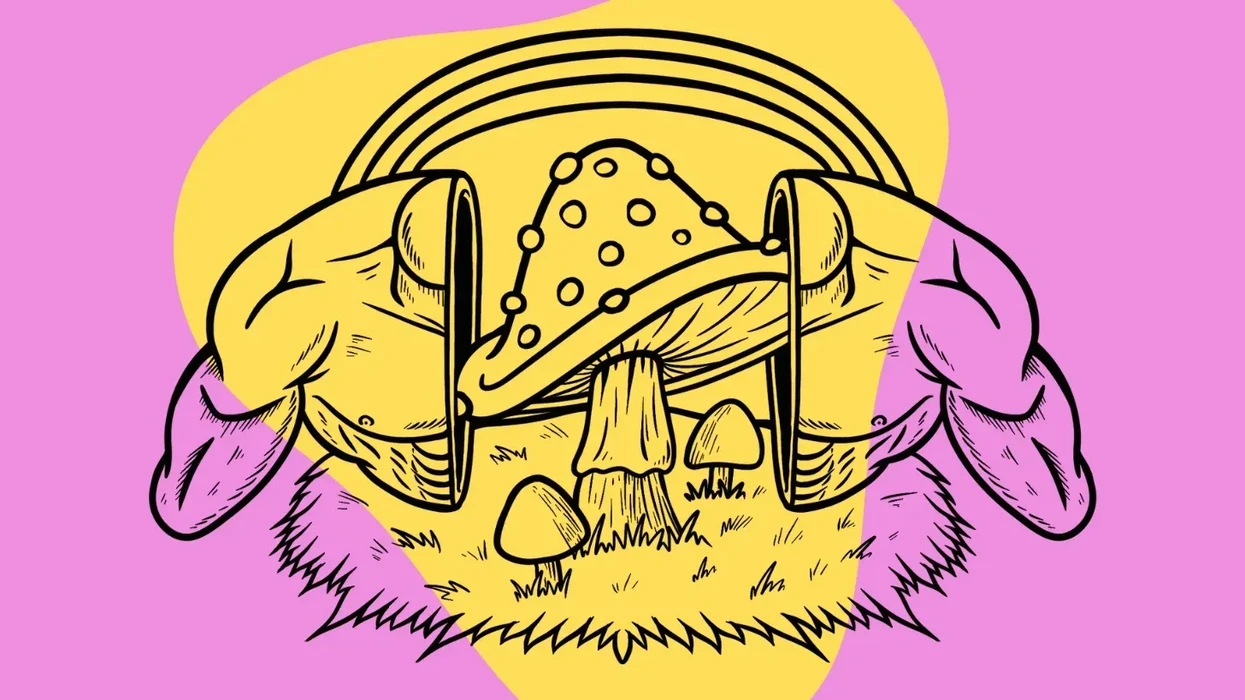

 Can Drug Dogs Smell Edibles? - The Bluntness
Photo by
Can Drug Dogs Smell Edibles? - The Bluntness
Photo by  Can Drug Dogs Smell Edibles? - The Bluntness
Photo by
Can Drug Dogs Smell Edibles? - The Bluntness
Photo by 

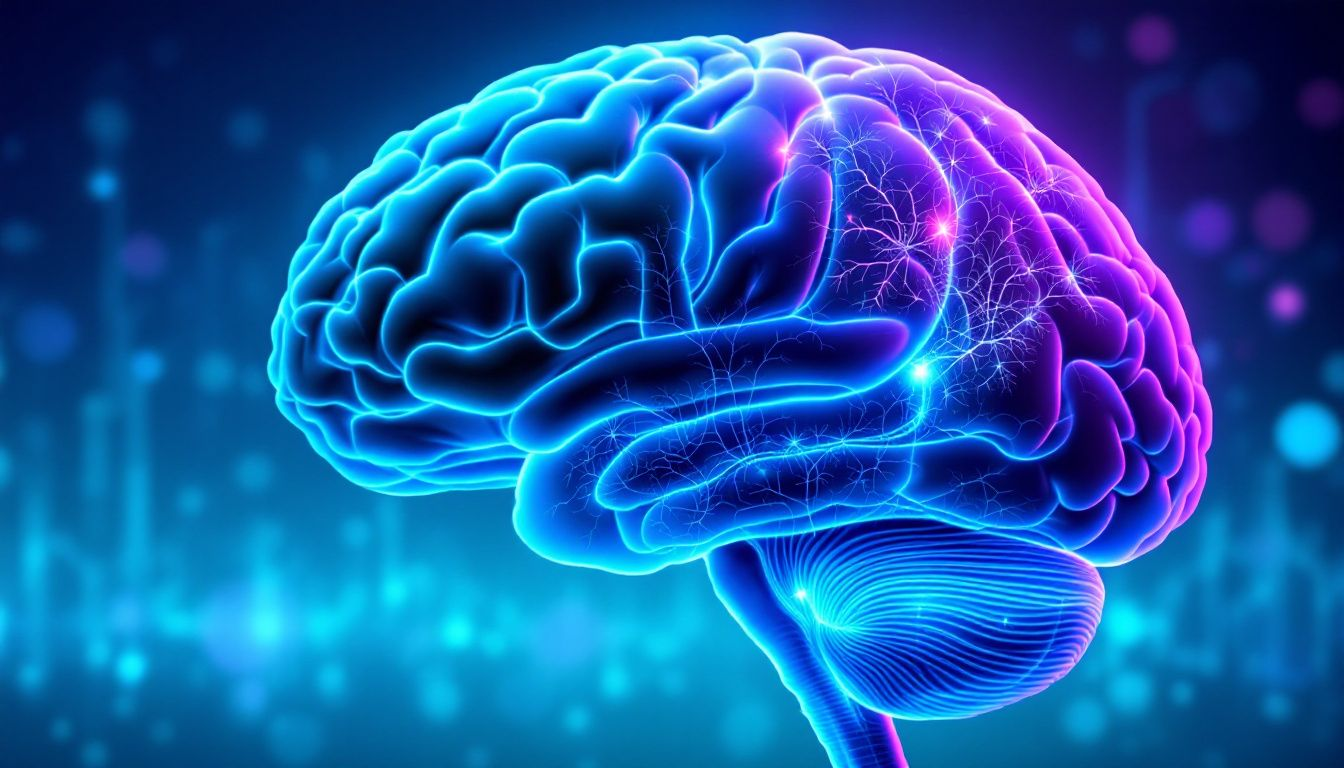
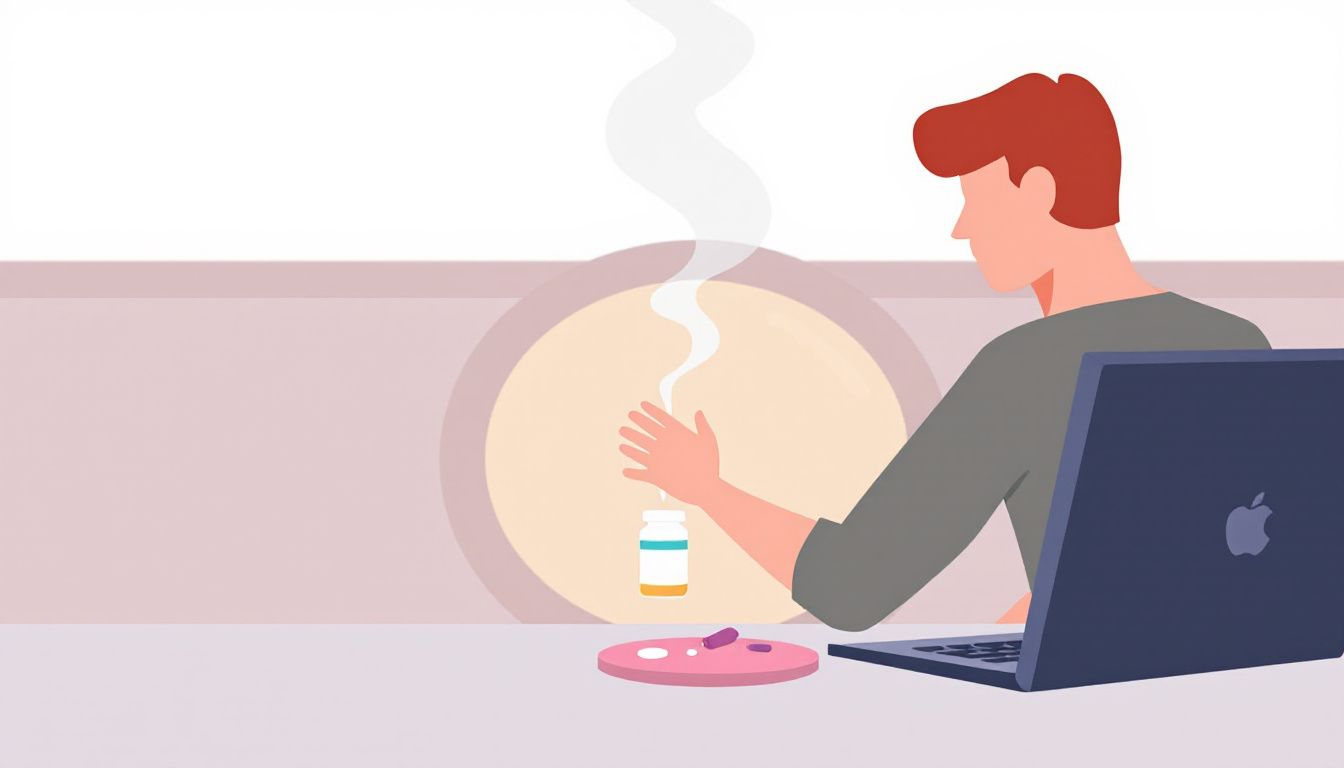
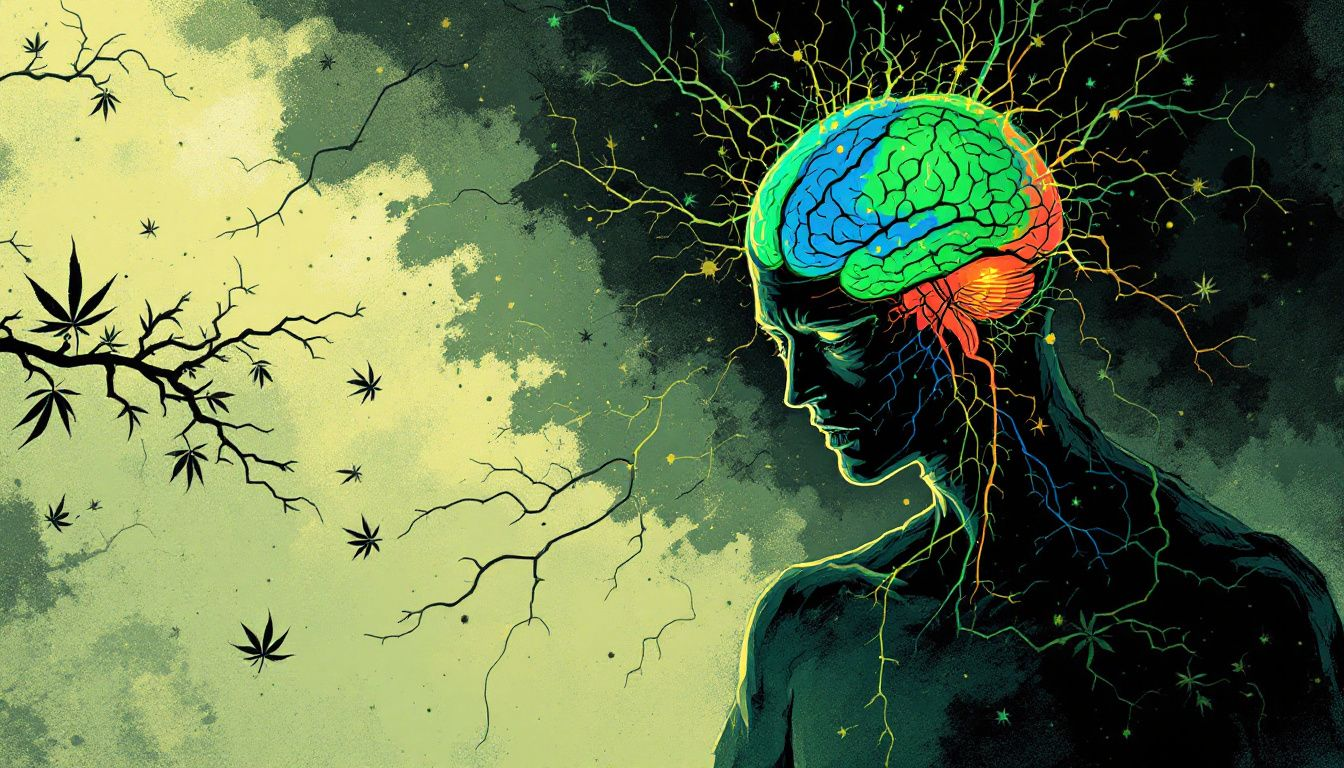


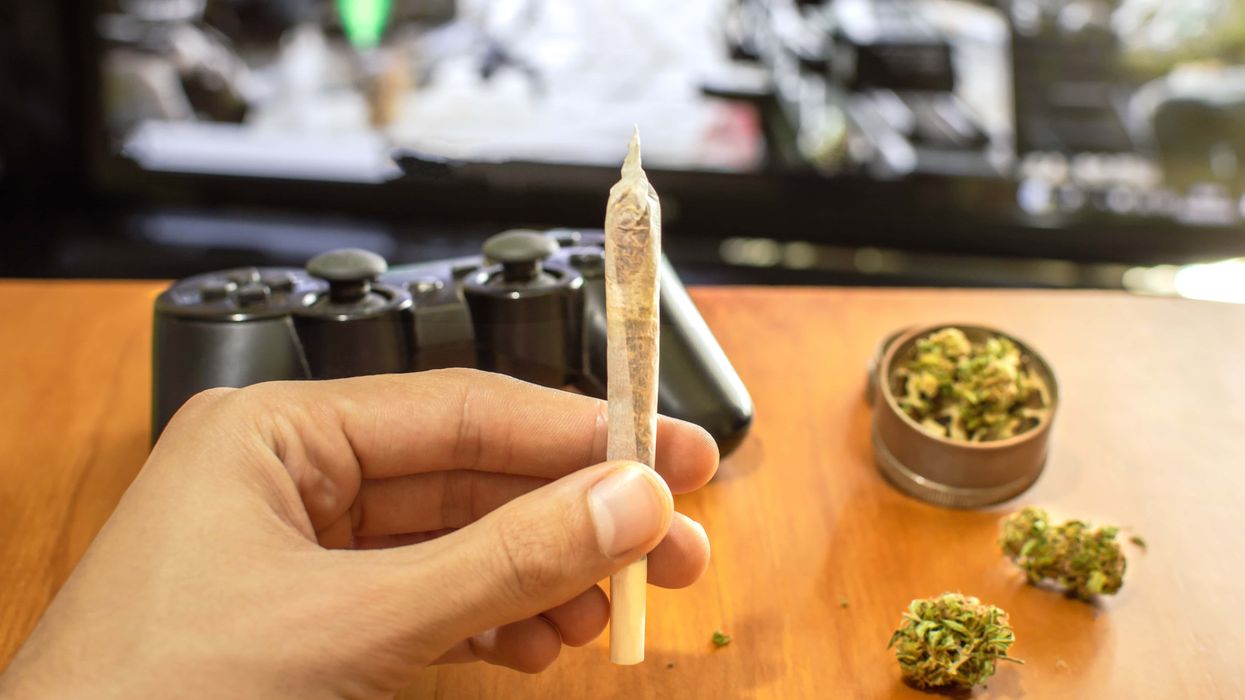
 How Does Cannabis Use Affect the Gaming Experience? - The Bluntness
Photo by
How Does Cannabis Use Affect the Gaming Experience? - The Bluntness
Photo by  Are There Specific Game Genres That Are More Enjoyable When Using Cannabis? - The Bluntness
Photo by
Are There Specific Game Genres That Are More Enjoyable When Using Cannabis? - The Bluntness
Photo by